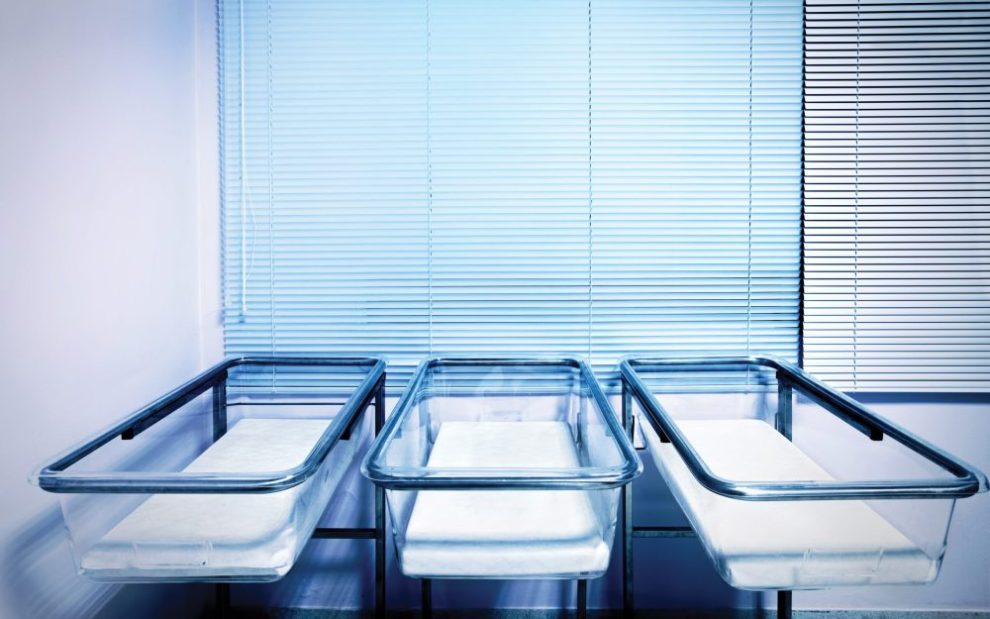South Korea reached a record low in fertility in June, falling to a rate of just 0.70, a sharp drop from the already dismal 0.78 recorded in 2022. That puts South Korea at the absolute bottom in fertility among industrialized peer nations.
Despite social interventions to promote family-making, fewer South Koreans are getting married and the ones who do are declining to have children. Diminished job opportunities and housing and education costs are cited among the economic and social anxieties thwarting parenthood among South Korean couples.
Long-term social and economic stability in South Korea is surely threatened by its low fertility, but things are hardly any better in other industrialized countries. The United States managed a rate of just 1.67 in 2022—higher than many European states, but far below the 2.1 children per woman that demographers say ensures a stable population. Figures below that replacement rate augur slower economic growth, lower tax revenues, and increasing social burdens as care for an aging population falls on a smaller number of young workers.
While right-wing politicians and media promote anxiety about U.S. migrant numbers, it is only because of immigration that the worst impacts of low fertility are not already landing on U.S. shores. With an eye on averting those outcomes, other advanced economies have made substantial investments in spreading the social costs of creating and raising a family. But even nations with generous parental supports are finding it difficult to break out of what have become self-reinforcing patterns and changing social norms around family formation.
A variety of subtle and not-so-subtle social cues press young people in the West to delay or bow out of parenthood. These days many young adults may have adopted a slightly skewed perspective of what constitutes financial and emotional “readiness” for parenthood—most parents in the real world will confess there is no such golden moment when emotional and financial readiness is assured. Nevertheless, the share of adults at prime parenting age who do not have children increased from 14 percent in 1970 to 31 percent in 2021.
Speaking in May at a Vatican conference on fertility and family nurturing in Italy, Pope Francis deplored social attitudes that have turned raising children into a “titanic effort” best undertaken by parents with deep pockets “instead of being a shared value that everyone recognizes and supports.”
Francis spoke of a free market system badly in need of “correctives”—affordable housing, steady employment with wages sufficient to support family life, and other social assistance that mean young people are not “lowering the bar” on the kinds of families and future they imagine for themselves. Many couples in the United States say they would have more children if housing costs and other obstacles could be overcome. U.S. parents would no doubt be astonished by the many benefits dangled before would-be parents in Europe—from long-term paid parental leave to nannies and parent helpers to free child care.
It will take years for U.S. policymakers to reverse course and invest in childhoods that approach parity with what has been standard in U.S. peer states. But some small steps that would have a practical impact would be national standards on paid parental leave and government support for child care and pre-kindergarten programs for all children. Some pandemic-tested expansions of government assistance to parents—school lunch for all and the permanent extension of the pandemic enhancements to the Child Tax Credit—could be immediately effective.
It sounds trite to say that children are the future, yet few words are more true. Americans should be working toward a society that looks more like we mean those words.
Read more Margin Notes:
- President Biden should look to JFK’s example of peacemaking
- Child labor is a disturbing modern problem
- Care for the Earth can’t ignore Indigenous rights
This article also appears in the November 2023 issue of U.S. Catholic (Vol. 88, No. 11, page 42). Click here to subscribe to the magazine.
Image: iStock.com/vasiliki













Add comment